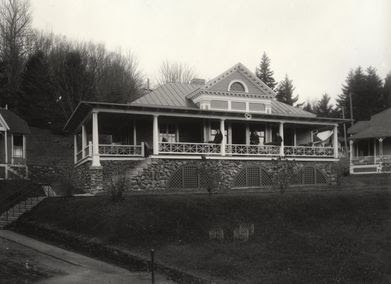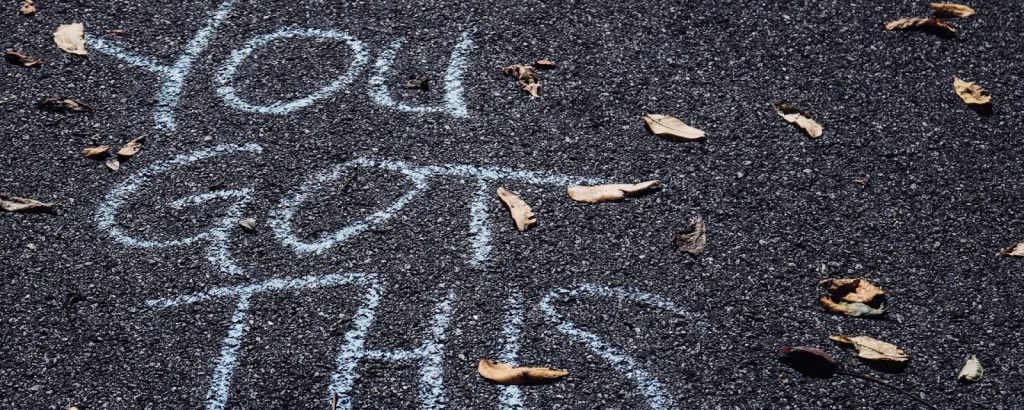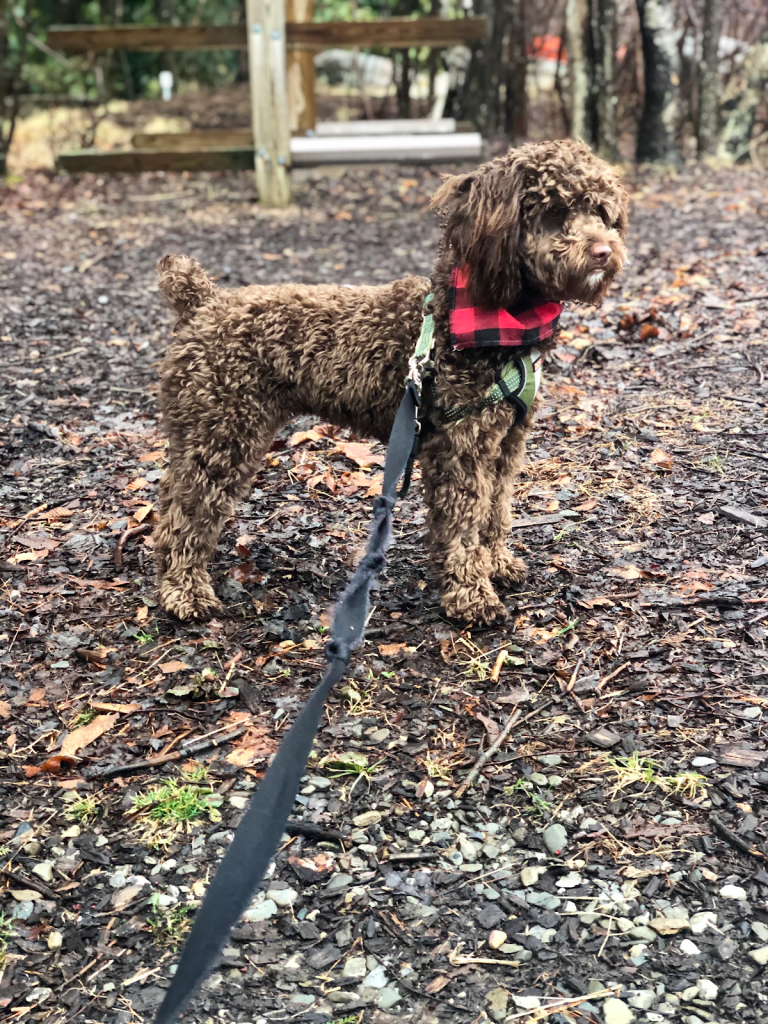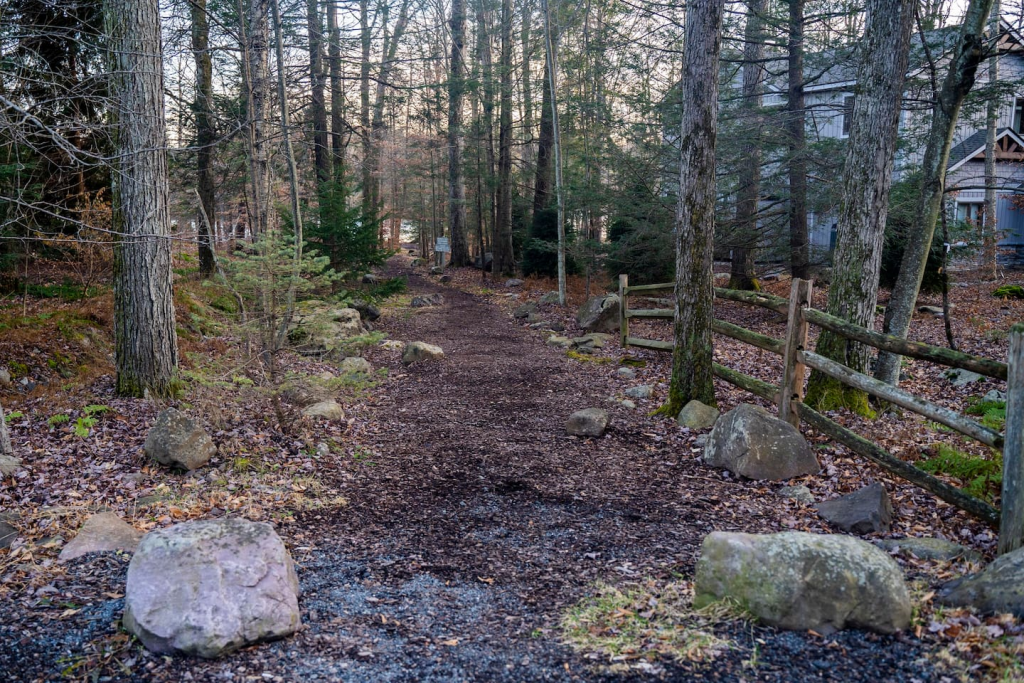photo by Kailey Jackett….
In a time of global crisis, we are all looking for a cure. Whether it is from physical ailments, financial stressor, familial tensions, etc., we can all share in that feeling of general discomfort- some more than others. Yet, during the coronavirus pandemic, we must recognize that this is not the first pandemic the world has seen and it will not be the last. Thus, we can all take a step back and let history offer us some advice.

It has come to my attention that I unknowingly followed history’s prescription by having the privilege of relocating from my college campus to a cottage in the woods. In 1873-1945, amidst the tuberculosis pandemic, half of the homes in Saranac Lake, New York cared for TB patients. During this time, the idea of a “cure cottage”, which refers to small homes surrounded by nature run by community members for the purpose of healing, arose. The cure cottage offers us lessons on accompaniment, the act of engaging in a journey with someone from beginning to end, and on self-care, or self-maintenance of an individual’s well-being.

In the early days, community members of Saranac Lake provided meals, cleaning assistance, and porches for TB patients. In essence, the community members engaged in the critical practice of accompaniment. Through these small acts of kindness, members of Saranac lake asserted that they were there for patients on their journey through illness and they were here for the world during the age of pandemic. Living in a small community on a lake, I too have observed a community of care. More and more of my neighbors have begun taking walks around the lake. I see them smile, wave, and (socially distantly) ask others how they are doing more frequently than they have ever had in the past. I kindly respond and try to convey to them that I, like them, am genuinely interested in their well-being and am here for assistance in doing so. I also see children and parents writing words of encouragement in chalk and adorning their windows with bright window paint all around the neighborhood. I believe these small acts of care, which echo the lessons of Saranac lake, keep the community strong and encourage wellness amidst the precariousness of COVID-19.
As time went on in Saranac Lake, doctors began to catch on to the magic happening in the cottages. Doctors identified that simple measures assisted in the progress of patients. These measures included being situated near a wide window with a view and access to the outdoors. Of course, in the advent of medicine, we know that a simple cabin cure is not enough for individuals with serious ailments. However, there is merit to the notion that engaging with nature is engaging in self-care. A growing number of empirical evidence demonstrates that nature is beneficial to one’s mental and physical health.

Living alone in the middle of the woods, I can attest to this idea. This time is emotionally draining to some extent for almost everyone. I have had trouble sleeping, I have been short and irritable over the phone with loved ones, and I have encountered unexpected waves of emotion. In some ways, living alone exacerbates these experiences. Isolation can be dark, but a simple walk around the lake with my dog, Zoey, listening to the wind, and looking at the sky helps lift my mood. I think that’s why community members at Saranac Lake offered their porches to individuals. They knew the value of fresh air and wanted to share it. During this time filled with uncertainty, we can all learn lessons from “cure cottages” and the community of Saranac Lake.

This post is not to say that everyone should leave cities and go to a cottage in the woods. In fact, please do not. My home town, with its poor health infrastructure, is bearing the burdens of individuals contracting COVID-19 in New York City and bringing it back and spreading the virus. In addition, we must recognize that not everyone has the privilege to be immersed in nature. However, in a time of global crisis, this post offers insights into how I have maintained strength and sanity and may not be applicable to all individuals. However, examining cure cottages allows one to recognize that accompaniment and self-care can transcend time and are powerful in times of crisis.

In a time of such high tensions, stating that this is not the first pandemic and will not be the last definitely puts things into perspective. Between the constant updates on new cases, new deaths, and just news in general, I feel like there is a sense permeating the media that the world is ending. While COVID-19 is extremely serious, and in fact some people are not taking it seriously enough, I do think it’s refreshing to begin by saying that eventually this will pass.
Also, it was so interesting to get a history lesson and learn of the “cure cottages” that took place in Saranac Lake, NY for TB patients. I totally agree that nature can be a very healing for mental and physical health, especially right now. Even though most people are not currently in the woods, opening my bedroom window, breathing in some fresh air, and looking around always makes me feel a little better about being stuck inside. So while I’m sure my cul-de-sac is not nearly as beautiful as the woods of Saranac Lake, I do think that most people have the ability to connect with nature to some extent, even if that’s just looking out the window.
Kailey,
Thank you for taking the time to share to us the history of Cure Cottages. While reading your piece, it made me realize the beautiful power that nature holds. While it doesn’t hold the power to completely cure anything that comes our way, it most definitely can aid us through tough times. While I don’t live near a lake, I live on the coast of Connecticut so almost everyday I drive down to the beach. It has become my save haven through this all in which I can roll down the window, get a breath of salt air, and take in the beautiful view. I think it is vital now more than ever that people find an outlet in which they can have time for their own self care, whether it is through nature or another area within their life. By doing so, it will allow us to take care of each other.
I love how you tied history with your experience now and have incorporated those lessons in your life. Being with nature and going outside has been a great way to take care of yourself during this difficult time. Taking walks and going on runs has been helpful to me. I also liked how you talked about the importance of small acts of care in your community. Although we are socially distancing, people are still finding ways to connect and care for each other,
Kailey, I absolutely love this post. Thank you for taking the time to connect your experiences to the TB Cure Cottages in Saranac Lake. I have spent many summers in the Adirondacks and have heard about the Cure Cottages previously. However, before reading this I had not thought to connect our current experiences to the Cure Cottages. So thank you for adding this perspective and piece of history from an area close to my heart to what we are now going through. Honestly, just thinking about the scenery of the Adirondack lakes and peaks makes me smile.
I have tried to seek out nature under the circumstances, as I know how beneficial it can be. As I have started to feel better, I am going for runs through the back windy roads surrounding Hamilton, NY (being sure to avoid people). It has been soothing to experience the sounds and sights of spring beginning–birds singing, spring peepers peeping, and the gradual turn to more green.
Thank you for teaching me something I hadn’t heard of before! I love the idea of small acts of kindness and recreating this piece of history. It is amazing to see how these sorts of extenuating circumstances can bring people together. In NYC there is a lot of people using the phrase “alone together”. I feel like that is applicable here because I cannot imagine how hard it is to be alone in such a small town, but the fact that you have been checking in with neighbors and community members (socially distantly of course), shows just how far and in what special ways accompaniment can truly bring comfort in distress.